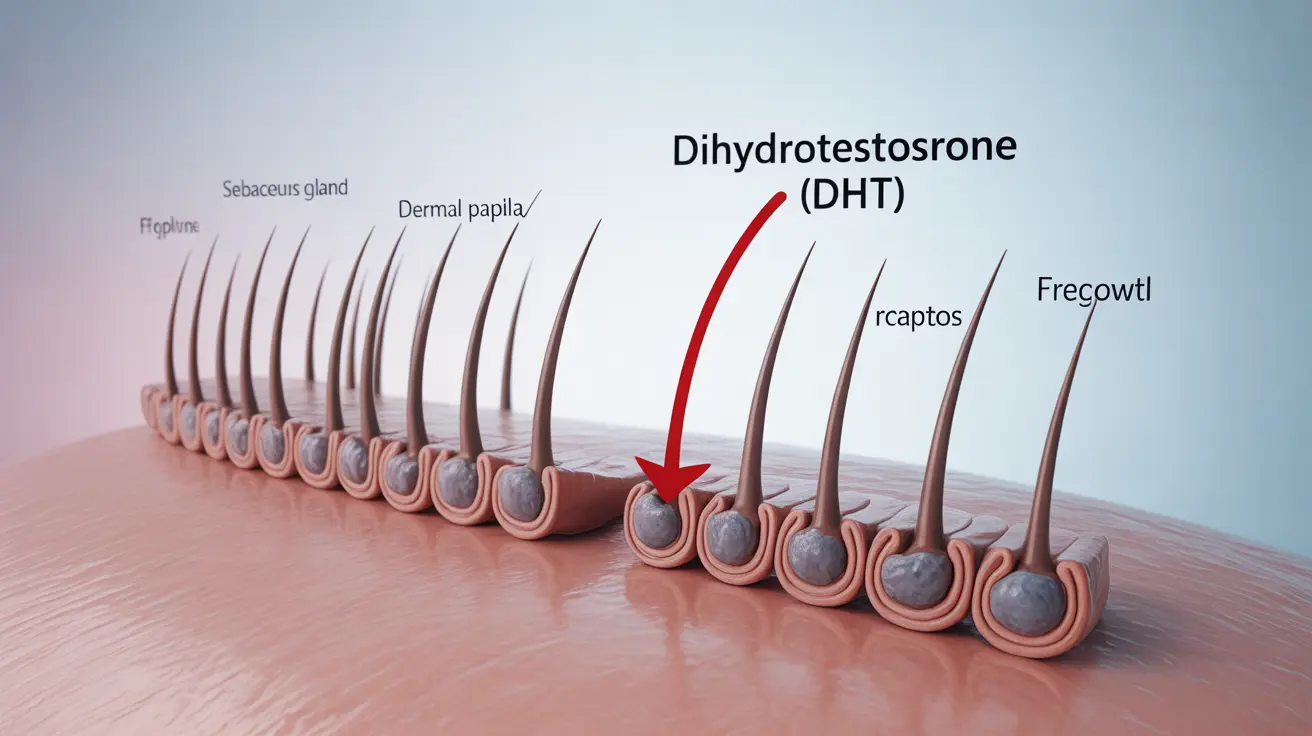Headaches affect millions of people worldwide, with tension-type headaches and migraines being among the most common neurological disorders. While conventional medications remain the standard treatment approach, many individuals are turning to complementary therapies like acupuncture for headaches as a natural alternative or adjunct to traditional pain management strategies.
Acupuncture, an ancient Chinese medicine practice involving the insertion of thin needles into specific points on the body, has gained significant attention in modern healthcare for its potential therapeutic benefits. Understanding how this time-tested technique may help manage headache pain can empower individuals to make informed decisions about their treatment options.
Understanding Acupuncture as a Headache Treatment
Traditional Chinese medicine views headaches as disruptions in the body's energy flow, known as qi (pronounced "chee"). Acupuncture practitioners believe that by stimulating specific acupoints, they can restore balance and alleviate pain. From a modern scientific perspective, researchers suggest that acupuncture may work by triggering the release of natural pain-relieving chemicals called endorphins and influencing neurotransmitters that regulate pain perception.
The treatment involves inserting sterile, hair-thin needles into predetermined points on the body, typically including areas on the head, neck, hands, and feet. These points are selected based on the type of headache, its location, and the individual's overall health profile. Sessions usually last between 20 to 30 minutes, during which patients often report feeling deeply relaxed.
Types of Headaches That Respond to Acupuncture
Tension-Type Headaches
Tension headaches, characterized by a dull, aching sensation and tightness around the head, are the most common type of headache. These often result from stress, poor posture, or muscle tension in the neck and shoulders. Acupuncture may help by promoting muscle relaxation and reducing stress-related tension that contributes to these headaches.
Migraine Headaches
Migraines are complex neurological events that can cause severe throbbing pain, often accompanied by nausea, vomiting, and sensitivity to light and sound. Research suggests that acupuncture may help prevent migraines by regulating blood flow, reducing inflammation, and influencing brain chemicals involved in pain processing.
Cluster Headaches
Though less common, cluster headaches cause excruciating pain around one eye and occur in cyclical patterns. While more research is needed, some studies indicate that acupuncture might help reduce the frequency and intensity of cluster headache episodes when used as part of a comprehensive treatment plan.
The Science Behind Acupuncture for Headache Relief
Multiple clinical studies have examined acupuncture's effectiveness for headache management. Research published in prestigious medical journals has shown promising results, with many trials demonstrating that acupuncture can be more effective than sham (fake) acupuncture and sometimes as effective as conventional medications.
The proposed mechanisms include the stimulation of the nervous system to release pain-relieving chemicals, improvement in blood circulation, and modulation of brain activity in areas associated with pain processing. Additionally, acupuncture may help regulate the autonomic nervous system, which controls many involuntary functions that can influence headache development.
Treatment Protocols and Expectations
Session Structure and Duration
A typical acupuncture treatment for headaches begins with a comprehensive evaluation of the patient's medical history, headache patterns, and lifestyle factors. The practitioner then develops an individualized treatment plan targeting specific acupoints based on the patient's unique presentation.
During the treatment, patients usually lie comfortably while needles are gently inserted. Many people find the experience surprisingly relaxing, and it's common to feel drowsy or peaceful during the session. The number of needles used varies but typically ranges from 8 to 20 per session.
Frequency and Duration of Care
Treatment frequency depends on the severity and chronicity of headaches. For acute headaches, sessions might be scheduled 2-3 times per week initially, then reduced as symptoms improve. For chronic conditions like frequent migraines, a longer treatment course with gradual spacing of sessions is often recommended.
Safety Considerations and Potential Side Effects
When performed by licensed practitioners using sterile needles, acupuncture is generally considered safe for most people. The risk of serious adverse events is extremely low, making it an attractive option for those seeking alternatives to medications with more significant side effects.
Minor side effects may include slight bleeding or bruising at needle sites, temporary soreness, or rarely, feelings of dizziness or fatigue after treatment. These effects are typically mild and resolve quickly. It's important to choose a qualified, licensed acupuncturist who follows proper safety protocols.
Comparing Acupuncture to Conventional Treatments
Traditional headache medications include over-the-counter pain relievers, prescription medications, and preventive drugs. While these can be highly effective, they may cause side effects such as stomach irritation, rebound headaches from overuse, or more serious complications with long-term use.
Acupuncture offers a different approach that may complement conventional treatments or serve as an alternative for those who cannot tolerate medications or prefer natural therapies. Some patients find that combining acupuncture with conventional care provides the most comprehensive headache management strategy.
What to Expect During Your First Treatment
Your initial acupuncture appointment will likely last longer than subsequent sessions, as it includes a detailed health assessment. The practitioner will ask about your headache history, triggers, accompanying symptoms, and overall health. This information helps create a personalized treatment approach.
During needle insertion, you might feel a brief pinprick sensation, followed by a dull ache, tingling, or feeling of heaviness at the needle site. These sensations, known as "de qi," are considered positive signs that the treatment is working. Many patients find the overall experience surprisingly comfortable and relaxing.
Frequently Asked Questions
How effective is acupuncture for treating migraines and tension headaches compared to medication?
Research shows that acupuncture can be as effective as some preventive medications for reducing headache frequency and intensity. Studies indicate that acupuncture may provide sustained benefits for both migraine and tension-type headaches, with fewer side effects than many pharmaceutical options. However, effectiveness varies among individuals, and some people may benefit from combining acupuncture with conventional treatments for optimal results.
How many acupuncture sessions do I need before I start seeing results for headache relief?
Most patients begin noticing improvements within 4-6 sessions, though some experience relief after just 1-2 treatments. For chronic headaches, a typical treatment course involves 8-12 sessions over 6-8 weeks. The timeline for improvement depends on factors such as headache type, frequency, duration of the condition, and individual response to treatment.
Can acupuncture reduce how often I get migraines and how long they last?
Yes, clinical studies demonstrate that acupuncture can significantly reduce both migraine frequency and duration. Research indicates that regular acupuncture treatments may decrease migraine episodes by 50% or more in many patients. The preventive effects often continue for several months after completing a treatment course, making it a valuable long-term management strategy.
Is acupuncture safe for treating headaches and what side effects might occur?
Acupuncture is very safe when performed by licensed practitioners using sterile needles. Serious complications are extremely rare. Minor side effects may include slight bleeding or bruising at needle sites, temporary soreness, or occasional dizziness. These effects are typically mild and resolve within hours. The treatment is generally much safer than many headache medications, especially for long-term use.
Does acupuncture work better than fake acupuncture for relieving headache pain?
Multiple clinical trials have compared real acupuncture to sham acupuncture (using blunt needles or needles placed at non-therapeutic points). Results consistently show that genuine acupuncture provides superior pain relief and headache prevention compared to fake treatments. This suggests that the specific placement and technique used in traditional acupuncture are important factors in achieving therapeutic benefits.




